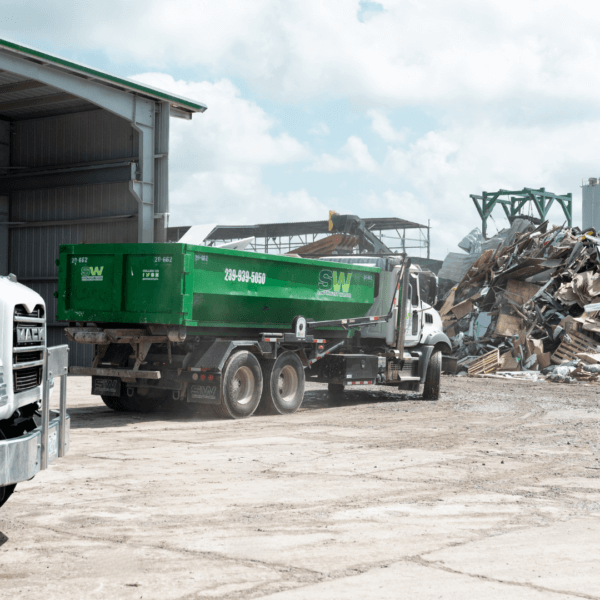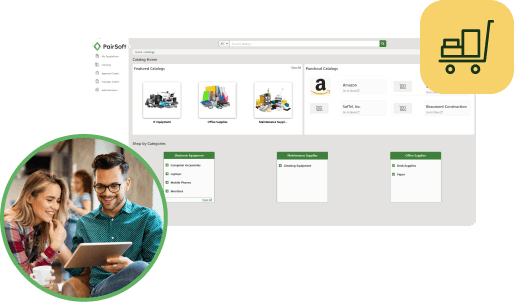Five Questions to Ask to Get the Right Answers
Data-driven procurement is a term used to describe a procurement strategy that makes data central to its processes, and then utilizes insights derived from data to drive strategies and decision making. While such a strategy may seem ideal, not every procurement professional is realizing its benefits. In a recent LevaData study 97% of the senior executives surveyed believe that a procurement process that is data-driven is “vital to achieving long-term value, cost reductions, and efficiency gains,” yet 49% expressed concern that they are not yet ready to leverage the competitive benefits of a digital transformation.
Today’s procurement professionals must effectively manage data in order to deliver valuable and actionable insights to drive business growth and profitability. Here are five questions procurement professionals can ask and answer to help them be successful data-driven procurement leaders:
1. What do you want to achieve?
It may seem a simple question, but it’s a vital one. A successful data-driven procurement strategy depends on proper planning. What goals and objectives do you have that data can help you achieve? Examples could be to reduce procurement cycle time, to limit the number of suppliers, lower overall procurement costs, better monitor vendor performance, or gather specific data for AI to predict certain events that will occur, or the potential for risk mitigation, process improvements, or client satisfaction.
Often, procurement professionals spend a tremendous amount of time gathering data from too many sources, because they think it’s what they should be doing. It’s time and resource consuming, and it may be unnecessary. When you approach data collection with the end goals in mind, you’ll be more effective at identifying and gathering what you specifically need and the best sources for this data.
2. What data do you need?
Remember, you can’t measure what you don’t monitor. Once you have outlined your goals and objectives, you’ll want to identify what data you’ll need to collect. For example, if one of your goals is to better monitor vendor performance, you may want to ensure you’ll collecting data concerning promise date versus actual delivery date, ordered price compared to invoiced price, and the number of returns.
3. How can you get it?
Many companies struggle with the accessing procurement-related data held in disjointed legacy systems, spreadsheets, or stand-alone databases. Historical spend data is often uncategorized or incomplete and requires significant cleansing before it can deliver meaningful insight.
By utilizing a procurement management solution that is integrated with your organization’s ERP software, you will build a cohesive database of valuable spend data that can be accumulated, analyzed, and turned into insight.
4. Can you keep it secure?
Data security is everyone’s concern, and a robust data security policy should be part of every procurement department’s plan. The average procurement team will handle thousands and thousands of pieces of data in a year — generated from both internal and external sources, and has the responsibility to keep that data secure, yet accessible to those who need to access it.
Procurement professionals should be involved in the organization’s security planning, providing input, insight, and feedback and then incorporating security best practices across the department.
5. How can you leverage it?
Today’s strategic leaders rely on data, putting it the core of nearly every business decision they make. As a result, they must have a keen focus on what they are trying to achieve so that they know what data to collect, the best source for that data, how to leverage the data, and how to secure it.
Fueled by emerging technologies like artificial intelligence (AI) and machine learning (ML), cloud-based applications are capable of transforming the enterprise procurement process through predictive analytics. By collecting, normalizing, enriching, and connecting data, these applications can recognize unseen patterns, anticipate changes in demand, identify manufacturing bottlenecks before they arise, and even replenish raw materials based on past purchasing patterns — adding tremendous value to the procurement function.
The future of procurement is data driven. And the sooner procurement leaders put data strategy ahead of operations, the sooner they can move toward digitization, automation, AI, solving their most pressing problems, and delivering stronger savings and ROI.
Want to learn more about incorporating PunchOut in your procurement department? View this on-demand webcast or schedule a meeting to discuss your options and specific questions.







